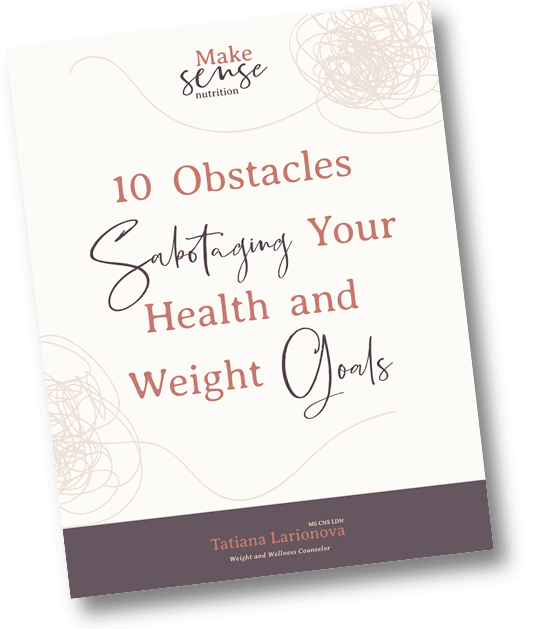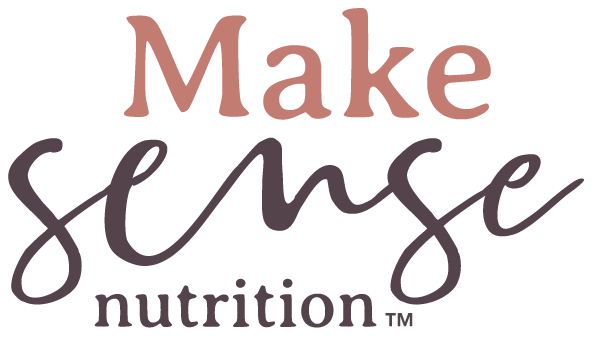Blog
To Gluten Or Not To Gluten?
 These days nutrition trends rise and fall pretty much every couple of months. Paleo, ketogenic, grain free, carb cycling, intermittent fasting, gluten free – to name a few. It’s ironic, but some people don’t even know what gluten is and why they eat gluten-free.
These days nutrition trends rise and fall pretty much every couple of months. Paleo, ketogenic, grain free, carb cycling, intermittent fasting, gluten free – to name a few. It’s ironic, but some people don’t even know what gluten is and why they eat gluten-free.
First – let’s go over what is gluten and why it has been villainized over the last few decades.
Gluten is a protein found in wheat, rye, barley, semolina, kamut and triticale (a cross between wheat and rye). It actually does not exist as gluten in their raw state, but the two proteins that comprise it gliadin (fluid and sticky) and glutenin (elastic) – do. They come together when the flour is mixed with water to form gluten. It is both elastic and plastic, it has an ability to expand with the inner pressure of gasses such as air, steam, or CO2 and through kneading. Gluten plays and important role in the structure of bakery items. I actually had to perform an experiment in my Food Science class: after I formed the dough (simple mix of wheat flour and water), I held it under running water to wash off all the starch. What was left? Gluten! A ball of very rubbery substance which was so tough and stretchy, I could have blown it up like a balloon!
Then why, if gluten is such a helpful fella, it’s being referred to as an “anti-nutrient”, “gut health disruptor” and so on? Below are a few possible reasons:
- Celiac disease – an autoimmune condition, in which person’s immune cells attack ingested gluten along with an enzyme in the cells of the digestive tract called tissue transglutaminase. As a result, the walls of the intestinal tract are damaged and its contents leak into the body, which leads to systemic inflammation, malnutrition (nutrients simply escape full digestion and assimilation), anemia, digestive disturbances and fatigue among many others. Interestingly, some people with celiac disease do not experience any digestive issues at all, their symptoms often include headaches and muscle pain. It is estimated that about 1 percent of population has celiac disease. However, many live on undiagnosed.
- Gluten sensitivity – some non-celiac individuals experience an adverse reaction to consumed gluten – bloating, stomach cramps, fatigue and joint pain. What happens is that gluten is poorly digested. It irritates the gut walls, making them produce protein zonulin which damages the walls. Partially digested gluten makes its way out of the intestines through disintegrated walls into the body. Now the leaky gut is responsible for escaping intestinal contents. Immune system sees it as an invader and mounts an attack, followed by the symptoms described above.
Gluten is not the only bad guy once intestinal permeability – clinical term for leaky gut, sets in. It leads to food sensitivities and intolerances. Partially digested food makes its way through permeable intestinal lining, initiating an immune reaction.
While the only way to escape from disturbing symptoms and harm of celiac disease is to avoid gluten at all cost, the case with gluten intolerance is not all black and white. From a conventional point of view, the Rx would be to stay away from it. However, the question remains – why aren’t these people able to digest gluten and avoid the cascade of reactions leading to unpleasant consequences? The functional nutrition approach calls for an investigation into the root cause of the problem.
And there’s a multitude of reasons why they suffer. Some are very common but often go under the radar:
- Hypochloridria – low stomach acid, in part responsible for break-down of proteins. Often develops after prolonged use of reflux/acid reducing medications; people with eating disorders also often have it;
- Gastritis – irritation of the lining of the stomach, may lead to reduced stomach acid production;
- Exocrine pancreatic insufficiency – reduced ability of the pancreas to secrete enzymes, responsible for digestion of proteins, fats and carbs;
Now we need to deduce where these conditions above come from – a deeper level of root cause analysis. Since we are all so different, so are our physiology, genetics and the environments we are exposed to. Some of us are born with genetic predispositions to certain conditions. It does not mean we will certainly develop those conditions, but being subject to unfavorable toxic environments, poor diet and chronic stress will surely contribute. Once our optimal functioning is compromised, the gut as one of our defense walls is no longer protective. Malnutrition associated with malfunctioning digestion leads to disturbed functioning of all the processes in our body, since all of them require adequate amounts of nutrients, vitamins and minerals. Fallen guards of our innate protection systems now easily miss pathogens, invading our body, causing immune reactions, leading to chronic inflammation and further degradation of our health. It has become a vicious cycle.
This is exactly why some people are pretty healthy without having to do much to maintain it – they had better luck with their ancestors, while others have to work hard to ensure vitality – their genetic “baggage” is heavier.
Now after all these revelations above, is gluten really the one to blame? It has become a question of the chicken or the egg. Well, yes and no. Gluten now is different from what it was 100 or even 50 years ago. Modern food processing, GMO hybridized and deaminated crops containing harmful pesticide residues, addition of wheat and gluten to most processed foods, depleted soil in which crops grow are just a few reasons gluten has been causing adverse reactions in a growing number of people. Its quality has decreased while the quantity of it consumption has gone up. At the same time our internal physiologic adaptations have not been able to catch up, leaving us vulnerable to its effects. Our ancestors used to soak and sprout grains prior to milling and baking. This processing would ferment and predigest the proteins, including gluten, making it so much easier on our guts. Nowadays sourdough bread is made through a similar process. The leavening agents are yeast and bacteria, which are also good sources of probiotics – good gut bacteria, and the starch in wheat is a prebiotic – stuff that feeds the bacteria. If wheat used is organic and the whole grain is used, as opposed to the stripped one, which loses fiber and most vitamins, the sourdough bread that comes out is delicious, and is a healthier type.
I hope this discussion clears out some uncertainties around gluten. It’s also the big picture that matters – if your diet consists mostly of unprocessed whole foods and fresh produce, you have a solid foundation and can trust your body to handle occasional indulgencies. However, if the bulk of your intake comes from processed foods and fast food restaurants, you are compromising your body’s ability to stay healthy. I don’t believe in any food being off-limits, be it candy, cake or a big mac, but common sense and the way the body feels after eating certain foods should direct us towards the balance.
Check oUT OTHER RECENT POSTS
Nutrient Spotlight: Folate
Nutrient Spotlight: Selenium


Hello, I’m Tatiana. I am a Licensed Dietitian Nutritionist and a Certified Nutrition Specialist.
I help people
- normalize their relationships with food,
- peel off the layers of misunderstood physical, nutritional and emotional needs,
- lose weight as a side effect of finding peace with food,
- stop obsessing about food and
- start living the freedom!

FREE DOWNLOAD
What stops you from getting in your best shape?
- Do you spend hours searching for the latest, most effective diet?
- Are you exhausted from using up so much energy and mental space on dieting and weight solutions?
- Are you uneasy around food and can’t seem to trust yourself to eat just enough for your body?
- Do you deal with challenges getting in the way of your healthy eating goals?
I’ve compiled this free tool - a list of 10 Obstacles Sabotaging your Health and Weight Goals that will help you pinpoint challenges you are dealing with that stop you from moving forward.



